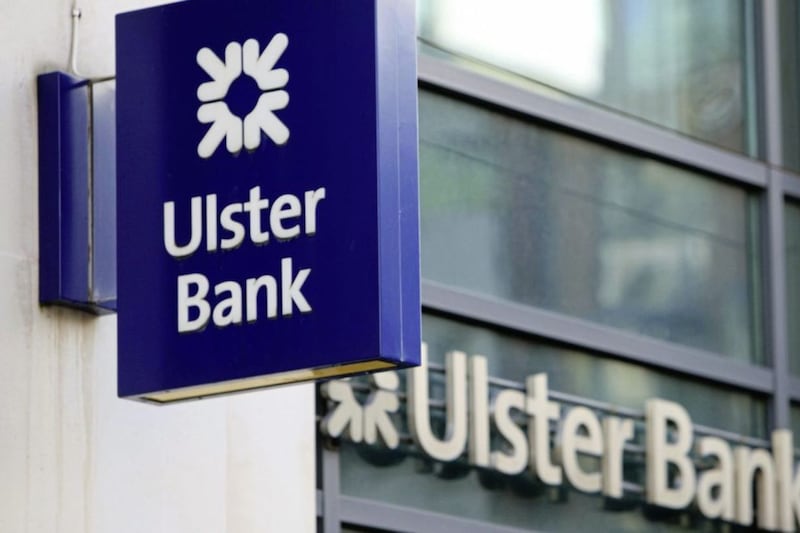Sterling remained on the defensive in recent days, continuing a trend that set in around the beginning of the summer. The snap UK general election in early June, which saw the Conservative Party lose its parliamentary majority, brought significant downward pressure on the currency. On-going uncertainty over Brexit as well as reduced expectations of a near-term rate hike in UK interest rates have also weighed on Sterling.
The Euro has been on a steady upward path against the UK currency over the last three months, climbing from 84p to 91p. It reached a new 10-month high last week. It is important that support holds around the 91-92p band for Sterling, as it found support at this level last autumn when the Pound fell sharply on concerns that the UK could be faced with a hard Brexit. If this level is breached, it could open up a move to 94-95p - levels that it previously reached back in 2009.
The negotiations between the UK and EU on Brexit are likely to be the key factor influencing Sterling in the months ahead. There are hopes that the outcome of the talks will be a soft Brexit. Nonetheless, there is still a risk of a hard Brexit where the UK loses free access to EU markets and has to fall back on WTO rules. This would be very negative for the UK economy and see further falls in Sterling. A hard Brexit could see the Euro move well above the 91p level, with some commentators talking about the possibility of parity for the currency pair. On the other hand, a soft Brexit should see the UK currency regain much of the ground lost since June 2016, with the Euro moving back down towards 80p.
In terms of the week ahead, data-wise, there is a busy schedule of Eurozone survey indicators for August. The main release is the flash Eurozone Purchasing Managers Indices (PMIs). The composite index fell back in July, while remaining at a very encouraging level of 55.7. It is expected to have remained near this level in August. This suggests the currency bloc is continuing to grow at a solid pace in the third quarter. The flash EC measure of Eurozone consumer sentiment is also due. It looks set to remain close to a 10-year high. At a national level, the German Ifo will attract attention, while the French INSEE and Belgian NBB indices also feature.
Flash August PMI data is one of the main release in the US as well. Both the manufacturing and services indices rose in July, pointing to a firming in growth at the start of the third quarter. They are forecast to move higher in August, continuing to suggest a solid level of economic expansion in the US.
Closer to home, the second reading of UK GDP for the second quarter is due for release. While no revisions to the current estimate of quarterly growth are anticipated, the release does provide us with a first look at the expenditure breakdown of GDP. The financial markets will be assessing this in the context of what impact, if any, last year’s Brexit vote is having on the UK economy - with particular focus on consumer spending and business investment. Meanwhile, public finance data for July look set to continue to show that borrowing has risen this year versus 2016.
Elsewhere, in terms of monetary policy, there will be plenty of attention on the annual ‘Jackson Hole’ economic symposium on the theme of ‘Fostering a Dynamic Global Economy’. Both the US Federal Reserve Chair Yellen and ECB President Draghi are due to speak at the event. However, there are no major expectations that either will provide much in the way of substantive new information about the future path of monetary policy for their respective central banks.






